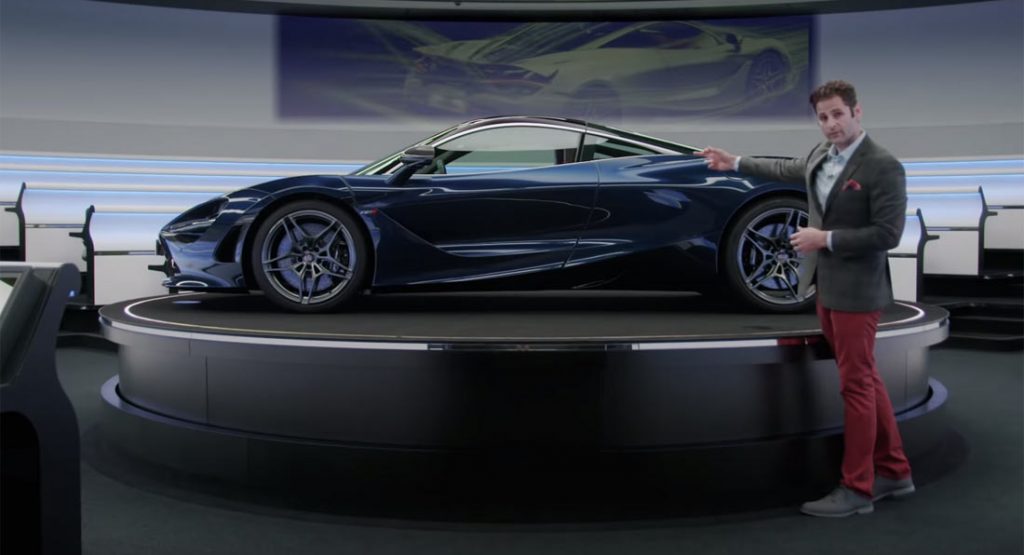We all know that the McLaren 720S is fast. However, have you ever wondered what makes this supercar so accelerative? Let rocket scientist Ryan W. Conversano explain things for you.
One of the key factors in the 720S’ blistering performance is its aerodynamic shape. Unlike any other McLaren before it, the 720S places aerodynamics at the top of its priorities, as the exterior design contributes significantly to how fast the supercar is.
Unlike many of its brand rivals, McLaren wasn’t pressured into adding sharp lines and angles into the car’s design. Instead, the 720S adopts a combination of flowing surfaces, curved edges and smooth shapes that help to cut through the air, minimizing drag while still offering the levels of downforce needed for such a vehicle.
As with the rest of the marque’s models, the McLaren 720S also utilizes a rather ferocious powertrain. In this case, the car has a twin-turbo 4.0-liter V8 engine delivering an official 710 hp. In reality, we know that this engine is more powerful than what McLaren claims.
McLaren’s expertise in carbon fiber construction also ensures the 720S weighs significantly less than its rivals. In a world where fuel efficiency standards are becoming tighter and tighter, car manufacturers are placing an increased focus on lightweight construction. Obviously, the lighter a car is, the quicker it can accelerate, so making light vehicles is a win-win for automakers.
Overall, the McLaren 720S’ story is just starting, and in the coming years, new chapters will be added with models including the 720S Spider and an LT-badged version.



